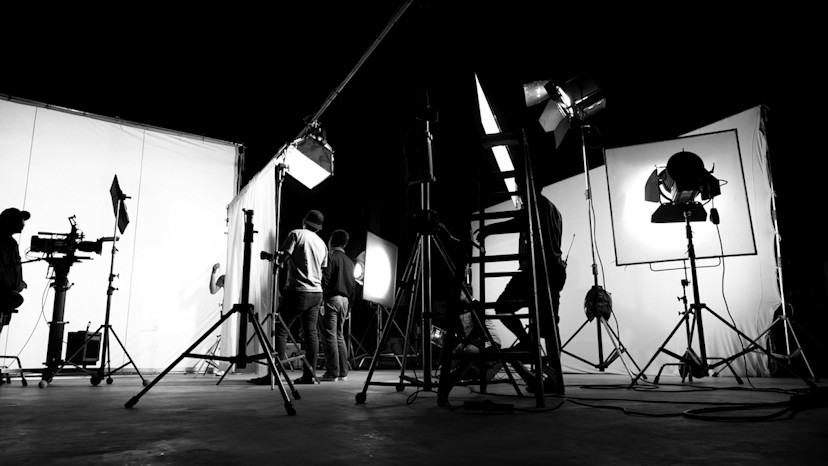When we think of films, we often focus on the actors, storyline, and visual effects. However, one aspect that significantly contributes to the overall cinematic experience is the lighting technique employed by filmmakers. Lighting sets the mood, enhances storytelling, and guides the audience's attention, making it a critical element in the art of filmmaking. In this blog post, we will delve into the reasons why lighting techniques play a pivotal role in creating visually stunning and emotionally captivating films.
1. Setting the Mood:
Lighting has the power to instantly evoke emotions and create a specific atmosphere within a film. Through the skillful use of lighting, filmmakers can establish a sense of time, place, and overall tone. For example, dimly lit scenes with low-key lighting can generate a sense of mystery or tension, while bright, well-lit scenes convey a more cheerful or optimistic mood. By manipulating lighting, filmmakers can profoundly impact the audience's emotional engagement with the story.
2. Enhancing Visual Composition:
Lighting techniques in film contribute to the visual composition of each frame. The interplay of light and shadow, known as chiaroscuro, can create depth, texture, and visual interest. It adds layers of complexity to the visual storytelling and helps to guide the viewer's gaze. Strategic placement of lights can highlight specific elements within the frame, drawing attention to important characters or objects. The result is a visually appealing and aesthetically pleasing composition that enhances the overall cinematic experience.
3. Conveying Symbolism and Subtext:
Lighting in films often serves as a visual language to convey symbolism and subtext. Different lighting styles, such as high-key lighting or low-key lighting, can be used to represent contrasting ideas or themes. For example, a character bathed in soft, warm light may signify innocence or purity, while a character shrouded in shadows can imply deceit or danger. These subtle nuances can add depth to the narrative and provide viewers with additional layers of meaning to interpret and explore.
4. Directing the Viewer's Focus:
Effective lighting techniques enable filmmakers to guide the audience's attention to specific areas of the frame. By controlling the intensity, direction, and color of light, filmmakers can draw attention to essential elements, characters, or plot details. They can create focal points within the frame that help the viewer navigate through the story and understand the intended message. Lighting acts as a visual storyteller, ensuring that the audience sees what the filmmaker wants them to see and understands the intended narrative flow.
5. Establishing Realism or Fantasy:
Lighting techniques also play a crucial role in establishing the visual style of a film. Whether aiming for a realistic or fantastical look, the lighting choices help create the desired atmosphere. Naturalistic lighting techniques can make the film feel grounded and relatable, while stylized lighting can transport viewers into imaginative and dreamlike worlds. By carefully selecting and manipulating lighting, filmmakers can enhance the overall aesthetics of a film and reinforce the intended genre or theme.
Conclusion:
The use of lighting techniques in film is a powerful tool that allows filmmakers to craft visually captivating and emotionally compelling stories. From setting the mood and enhancing visual composition to conveying symbolism and directing the viewer's focus, lighting plays a pivotal role in creating a memorable cinematic experience. By mastering the art of lighting, filmmakers can transform their vision into a rich tapestry of imagery that resonates with the audience and immerses them in the story like never before.




0 Comments